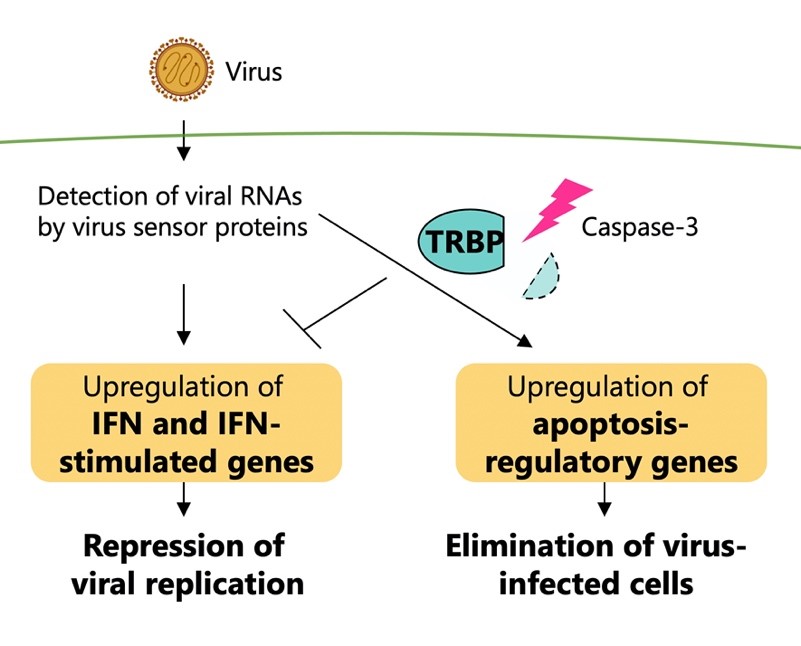Australia has come 21st in a list of 29 OECD countries donating aid money to developing countries.
New figures announced overnight by the OECD (Organisation for Economic Cooperation and Development) found that Australia contributed 0.22 percent of its Gross National Income (GNI) towards Official Development Assistance (ODA) in 2021, which included contributions towards COVID-19 amelioration.
By comparison, the top-performing country, Luxembourg, contributed 0.99 percent of its GNI to ODA, followed by Norway at 0.93 percent.
According to targets set by the United Nations through the Sustainable Development Goals (SDGs), best practice would see countries contributing 0.7 percent of GNI to developing countries by 2030.
Along with a number of wealthy countries, New Zealand, Iceland, Spain and Hungary all ranked higher than Australia in their ODA contributions as a percentage of GNI.
The United States followed Australia in the 23rd spot, having contributed 0.18 percent of GNI in 2021 towards foreign aid.
OECD Secretary General, and former Australian finance minister, Mathias Cormann, called on members of the OECD Development Assistance Committee (DAC) to ensure they did not cut ODA levels, even in difficult times, pointing out that “there continues to be much more to be done” for marginalised populations in developing countries, particularly in the wake of the pandemic and conflict in Ukraine.
Speaking to the media on the release of 2021 ODA volumes in Paris, Secretary General Cormann said ODA remained the best and most resilient form of finance for developing countries, as it had been for the past 60 years.
“The need is going to be higher not less,” said Mr Cormann. “Our very strong message is to continue to grow official development assistance and certainly not cut it.”
He welcomed the news that despite fiscal constraints in developed countries, ODA had increased by 4.4 per cent in real terms between 2020 and 2021.
The peak body for Australian aid NGOs said the new figures show that Australia must put ODA increases on a long-term footing.
“We need to return to investing 0.5 per cent of our income in development cooperation and humanitarian assistance. This was once a bipartisan commitment,” said ACFID CEO Marc Purcell.
“We need to see the Coalition commit to reaching that level which would see 50 cents of each $100 of Australia’s national income spent on international development. That target should be enshrined in legislation so that we can sustain and deepen partnerships in the Pacific and Southeast Asia and provide our fair share to tackling shared global challenges like climate change. With an enshrined spend partner countries know where you stand and that you are in it for the long-haul. It’s a principled commitment which over time delivers greater peace, stability and cooperation for Australians.
“The Greens have committed to 0.7 per cent, while Labour has vowed to reach 0.5 per cent. While we have welcomed the Coalition Government’s $1.5 billion in extra investment in recent years, it has not set out where it wants to take the international development budget. We need all parties to agree to 0.5 and a timetable to get there.
“Developing countries are bearing the brunt of COVID-19 and the knock-on effects of crises like Ukraine,” said Purcell.
“In 2022, 274 million people will need humanitarian assistance and protection. Needs are escalating in the Sahel, Yemen, Afghanistan and Myanmar.
“We are now seeing progress towards the 2030 Sustainable Development Goals being reversed.”
Both major Australian parties have committed to fulfilling the SDGs and reaching the target of 0.7 percent ODA/GNI by 2030.








